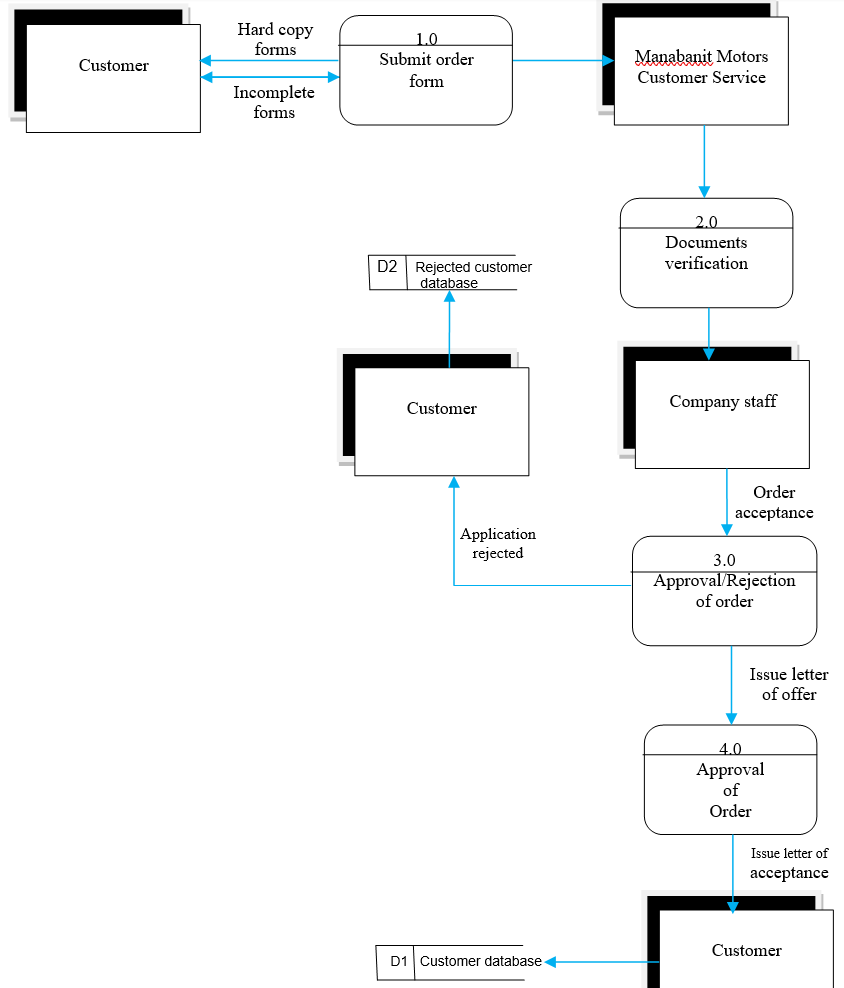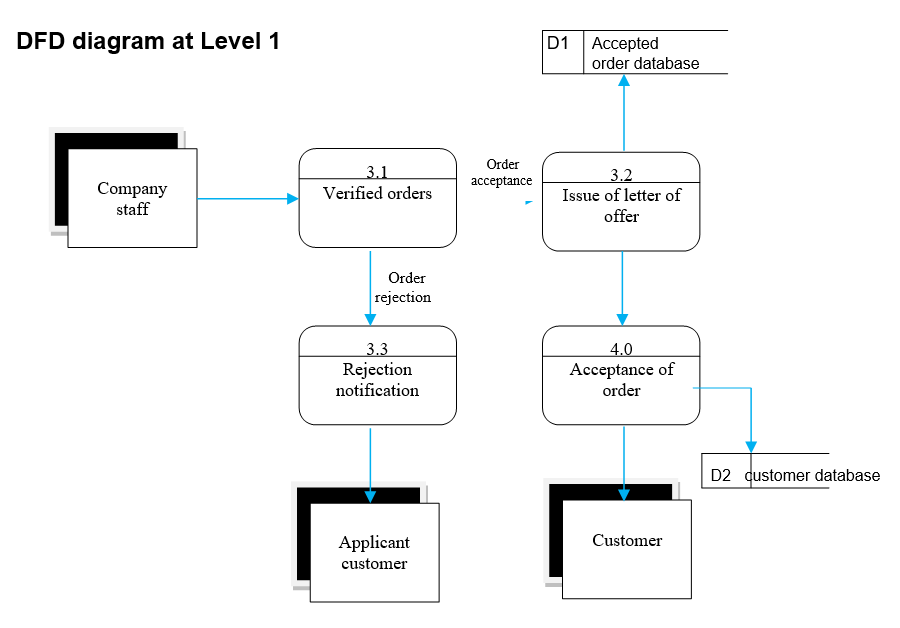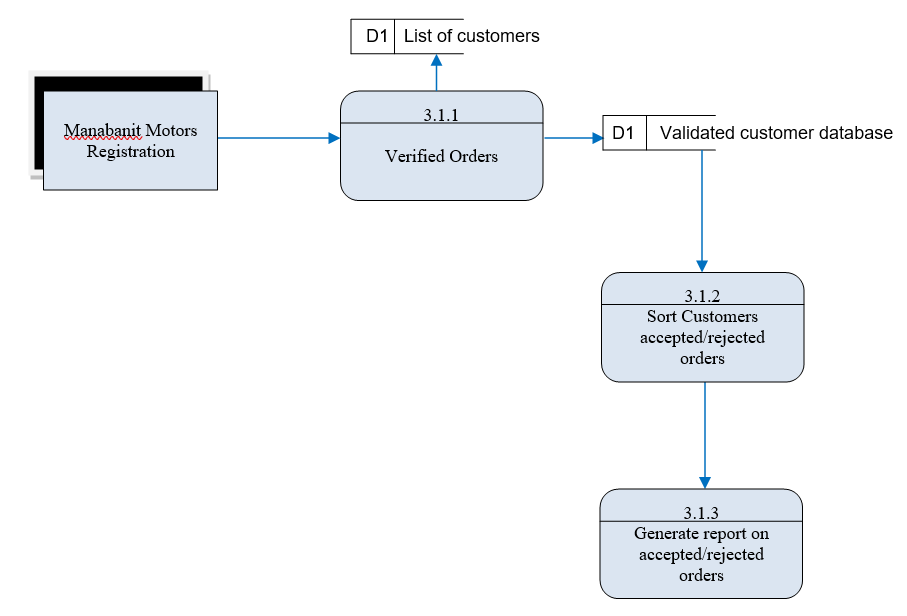Introduction
A company is introducing itself as the Manabanit Motors Inc. and its fleet of cars, the new face that needs to be reintroduced into the high-tech world of sales and marketing. The traditional Manabanit Automobile has been in existence since the 1950s. It was actually a small company averaging 10-15,000 vehicles per year. As years passed on, management perfected the Manabanit Automobile Production System – this is the Asian way, a means of achieving mass production efficiencies with small volumes.
Manabanit expanded to become export-oriented and began to open manufacturing plants in many countries including the United States, operating in the concept of the Asian production system but without the application of the new trend in Information Systems. Some of its managers started experimenting to improve production. A Japanese manager introduced the kaizen and kanban concept of production. Kaizen means continual improvement. (Imai, 1986, p. 2)
Manabanit engineers cut or shortened some stages of production to save time and provide flexibility. Still, the use of SFAS was strange to Manabanit engineers and automakers.
The Manabanit Production System with its flexible production methods proved effective because Manabanit was able to feel the gains when it was still struggling as a small company. The continual improvement concept is, in fact, continuing and commendable. The company went international and established manufacturing plants around the world. Manabanit has maintained its workforce, making sure they remain in the company for a longer period even during the economic crisis. It has also maintained its target market even increasing this segment as time went by.
The company is a knowledge-based firm, but how it can provide this vast knowledge and information to its database is still in question. Manabanit has still to introduce the SFAS in order to become global and to compete with other leading world automakers. It has built a database of information, but this database needs to be web-enabled to answer the call of the growing number of customers who have valued their unique cars. Actually, these are Asian cars, original in its concept, small and light, effective and not costly.
The salespeople are used to the manual system, with brochures, pamphlets and a lot of paperwork to be accomplished. This is the reason why it has not subscribed to the new automation and the SFAS where paperwork is minimized, the database is improved and inputted into the software, and there would have been shortened workload.
A consultant submitted to the management of Manabanit the reasons why the company has to automate its system operations but management denied it, saying that its salespeople are more effective than computers. Besides, it would entail more training for the salespeople and expenses such as the procurement of computers, laptops and other mobile communications systems. The office would have to be refurbished with new equipment.
Years went on, and the company had steady growth. Global companies had to concede to the demands of the times. Information Technology and the Internet became popular. Websites were introduced. New management with young and driven executives led Manabanit Motors to go online, create a website, and automate its growing salespeople. Its faithful clientele and stakeholders were becoming anxious about new, fast and effective salespeople. Customers wanted to communicate to the company through the Internet and there was no way they could air their complaints and concerns except through the traditional complaint desk manned by an inefficient customer relations officer or through snail mail.
This is the SFAS proposal for Manabanit Motors
Overview of the Sales-Force Automation System Application
This sales-force automation system includes marketing, customer service, product processing and order-taking. Applications also involve contact managers, which means the automation of calendar and address book programs, databases, and workflow engines. (Boehm and Jain, 2007, p. 777)
The applications can be connected to web-enabled products connecting mobile workforce, composed of marketing analysts and customer sales representatives who can provide information about the customers, products and competitors. (Baran et al., 2008, p. 304)
Automation will minimize paperwork-intensive processes, for instance, recording and logging of sales and service, or placing orders by customers. As a result, automation can enhance targeted marketing, minimize costs, and enhance sales. SFAS can minimize the use of tiresome paperwork or loads of paper ledgers and brochures. (Docstoc.com, 2009)
Moreover, this will provide the use of PCs and laptops and mobile communication and the use of the latest technologies. A return of investment (ROI) for Manabanit Motors is sure to be delivered within the soonest possible time. Salespeople can have close interactions with customers. They can record customer interactions and input all the needed information into the system. Advantages for the firm using SFAS range from cost savings to advantages like more customers for the firm.
CRM systems or the use of the internet to support and answer customers’ needs and complaints provide fast service for the customers. Paper billing is minimized through online billing. The use of the internet through the company’s website is one way of saving millions of dollars for the firm and fewer efforts for the customers. The company can use their website’s customer service, and there will be more interaction with the customers and company representatives. Customer service provides a 24-hour service, seven days a week. That’s a lot of time and savings for the company and more customer interaction that will result in customer satisfaction. Customers can pay their bills through the websites by means of their credit cards. This process saves the time and cost of going to the company’s billing office. The Invoice-to-payment cycle is shortened from more than a month to about six days with online invoices and payments.
Other companies also use instant messaging (or text messaging) to answer the customers’ complaints and feedback about their products.
Sales-force automation systems usually require salespeople or representatives of the firm assigned in the field, to make use of the notebook computers which store information for the customers and all valuable data in the field. The laptop has installed software for manipulating information and forms that can be easily filled up by the salespeople. Personal digital assistants (PDAs) are handy assistants that connect organizational information systems by means of the internet. The sales rep in the field can easily connect online to the company’s information systems, thereby information and data are automatically stored. Product information that the customer and the sales rep would want to discuss right in the field is readily available. The salespeople can input all the necessary information to the company’s system and the main office, pass this information to the order-processing department, or to the manufacturing unit if the customer wants a custom-built product, and the people in the manufacturing unit can get the product ready at the shortest time possible.
With the use of PDAs and other mobile communication technologies, salespeople can connect to the internet and check prices, confirm the availability of products that the customer wants to buy, and place an order right away. The salespeople can remain in the field without going back to the office to place the order.
The Manabanit Proposed Data Flow Diagram
The strength of this data flow diagram is that it shows the overall structure of the system without the details of the various steps and processes. This is very significant in the vertical setup of the company when the top echelon of the company is directly controlling the system, including the salespeople or those people in the field. It is more important in presenting the systems to management and other business people.

This is a basic diagram with two entities – the customer and the Manabanit Motors customer information and validation system, along with the customer registration process.
The process starts with the customer who registers online and makes the order of product (ex. Manabanit car). It flows to the process of receiving the orders from the customers (which is one of the stores), and this is validated as ‘valid or invalid orders’, meaning the system will validate if the order corresponds to the products available from the stock inventory or products manufactured by the company. (Holden, 1992, p. 164)
If the order is valid, or if the product is available in the stock, the Manabanit database will validate and send a letter of approval to the customer.

A detailed process is stated at Level 0 wherein the customer submits a hard copy of the Order form. The customer will fill-up the form which contains the description of the product that he/she wants to order. The order then passes through the customer service of the company. The order is then verified by company staff, whether it is a valid or invalid order. If the order does not meet the requirements, for instance, the product is not in the stock or warehouse or the customer has existing credit, the order is rejected and goes back to the customer and the process is stored in the ‘rejected customer database’. If the order is valid, a letter of offer is sent to the customer, informing the latter that the order is approved, and the process is stored in the customer database.

The process at Level 1 involves the inside mechanics of the processing of the order. The customer service inputs the order to the database where it is verified. If it is, the order is accepted and a letter of offer to the customer is sent to the customer, further informing the latter that the order is approved. If the order is not valid, an order of rejection is sent to the customer. The process is stored in the customer database.

The details of the order flow contain the billing information which flows to another process named ‘invoices’. The ‘receive orders from customer’ process has some other detailed information like the customer information and order details, which may result in delivery of the car. From ‘receive orders’, the next process goes to manufacturing or warehouse; this is so because Manabanit Motors also receives custom-built orders from customers (but it can also be from the warehouse).
Conclusion
There are many advantages to this new SFAS since the former system of the company was not web-enabled. The invoice-to-payment was not shortened; the customer was obliged to go to the branch office to pay for the product they purchase. This new system provides a payment process for parts or components and vehicles through order processing by way of the Internet. Customers can pay using their credit cards.
SFAS offers simplification of the processes for the company. At first glance, this seemed to offer complexity in the processes, a lot of work, training, and more expenses for the company, as what the previous management thought of. However, the complexity turned out to be a simplification and easy work on the part of the salespeople. Out there in the field, salespeople can immediately input a lot of information about the customers, the environment, problems that might still be not existing but the salespeople can see it beforehand. Moreover, inside the company, staff and management can analyze the operation, market behavior, and unforeseen problems. Management and staff can institute measures and provide immediate solutions. This is also risk management in effect. SFAS has a lot more to do in the global business.
References
Baran, R. J, Galka, R. J. and Strunk, D. P., 2008. Customer relationship management. Mason, OH: Thomson South-Western. p. 304.
Berztiss, A. T., 1994. Natural and formal languages in the development of information systems. In: R. P. van de Riet, J.F.M. Burg, and A.J. van der Vos (eds.), Applications of natural language to information systems. Oxford, England: IOS Press/Lavis Marketing. p. 8.
Boehm, B., 2000. Project termination doesn’t equal project failure (2000). In: R. Selby (ed.), Software engineering: Barry W. Boehm’s lifetime contributions to software development, management, and research. New Jersey: John Wiley & Sons, Inc. p. 737.
Boehm, B. W. and Jain, A., 2007. An initial theory of value-based software engineering (2005). In: R. Selby (ed.), Software engineering: Barry W. Boehm’s lifetime contributions to software development, management, and research. New Jersey: John Wiley & Sons, Inc. p. 777.
Docstoc.com, 2009. DFDs (Data Flow diagrams) Examples. Web.
Gaudes, A., 2001. Virtual transactional and relational exchanges: the enabling effects of information technology. In: M. Khosrowpour (ed.), Managing information technology in a global economy. London, UK: Idea Group Publishing. p. 539.
Hasibuan, Z. A. and Santoso, H. B., 2004. Online academic administration system to support distance learning at faculty of computer science university of Indonesia. Web.
Holden, S. I., 1992. A knowledge based technique for the process modeling of information systems: the object life cycle diagram. In: P. Loucopoulos (ed.), Advanced information systems engineering: 4th international conference CAiSE ’92, Manchester, UK, May 1992 Proceedings. Manchester, UK: Springer-Verlag. p. 164.
Imai, M., 1986. Kaizen. London: Random House. p. 2.
Jesus, L. and Carapuca, R., 1992. Automatic generation of documentation for information systems. In: P. Loucopoulos (ed.), Advanced information systems engineering: 4th international conference CAiSE ’92, Manchester, UK, May 1992 Proceedings. Manchester, UK: Springer-Verlag. p. 48.
Royce, W., 2007. Introduction. In: R. Selby (ed.), Software engineering: Barry W. Boehm’s lifetime contributions to software development, management, and research. New Jersey: John Wiley & Sons, Inc. p. 315.
Sullivan, K. J., 2007. Value-based software engineering. In: R. Selby (ed.), Software engineering: Barry W. Boehm’s lifetime contributions to software development, management, and research. New Jersey: John Wiley & Sons, Inc. p. 731.
